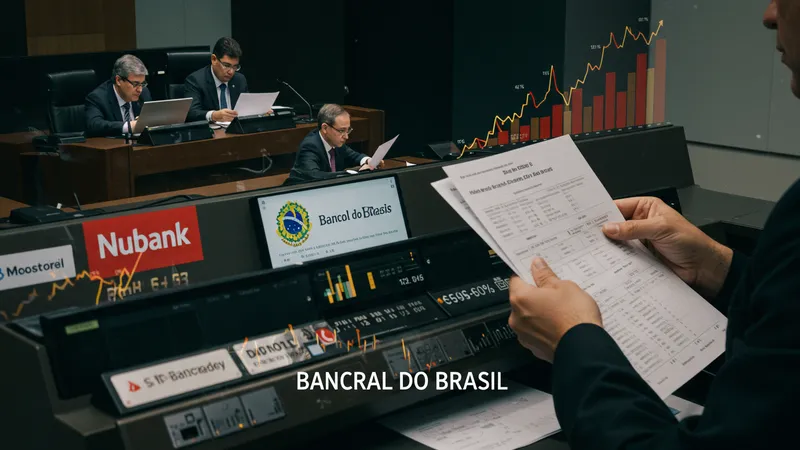
How Interest Rates And Repayment Terms Affect Personal Loans
The Role of Regulation and Economic Trends in Personal Loan Costs
Regulation by Banco Central do Brasil shapes nearly every aspect of personal loan offerings, including how and when interest rates and terms can be adjusted. The country’s strict disclosure mandates require lenders to present real total costs (CET), ensuring consumers have the data needed for fair comparisons. These regulations help prevent abusive lending practices, though they don’t eliminate all risks associated with borrowing.

Fluctuations in national economic trends—such as inflation, wage growth, and employment stability—cascade directly into the lending market. For example, an uptick in the Selic rate often prompts immediate hikes in personal loan interest rates at banks like Nubank, Banco do Brasil, and Santander. Borrowers thus experience a double effect: not only do loans become more expensive, but qualifying criteria may also tighten, especially for unsecured products.
Government interventions, such as capped rates for specific worker categories or temporary stimulus policies, periodically reshape the landscape. For instance, payroll-deducted loans (consignado) feature lower rates capped by law, providing vital relief for public sector workers and retirees—empowering them with safer personal loan alternatives during economic stress.
Staying aware of regulatory updates and macroeconomic shifts is an effective way for Brazilians to anticipate changes and strategically time loan applications. A proactive strategy can soften the impact of rising rates and help Brazilians select products with manageable terms, preserving long-term financial stability in an evolving market.